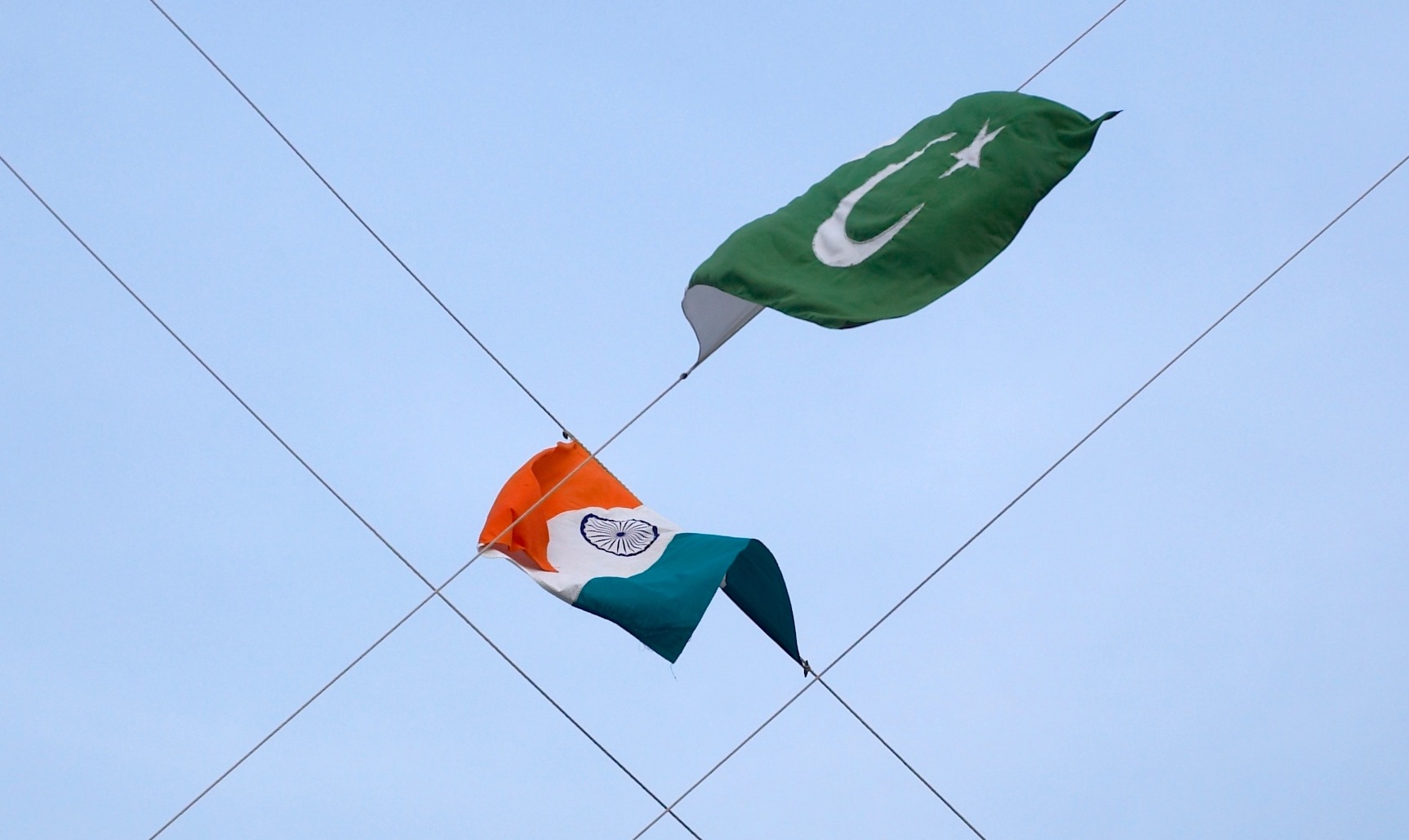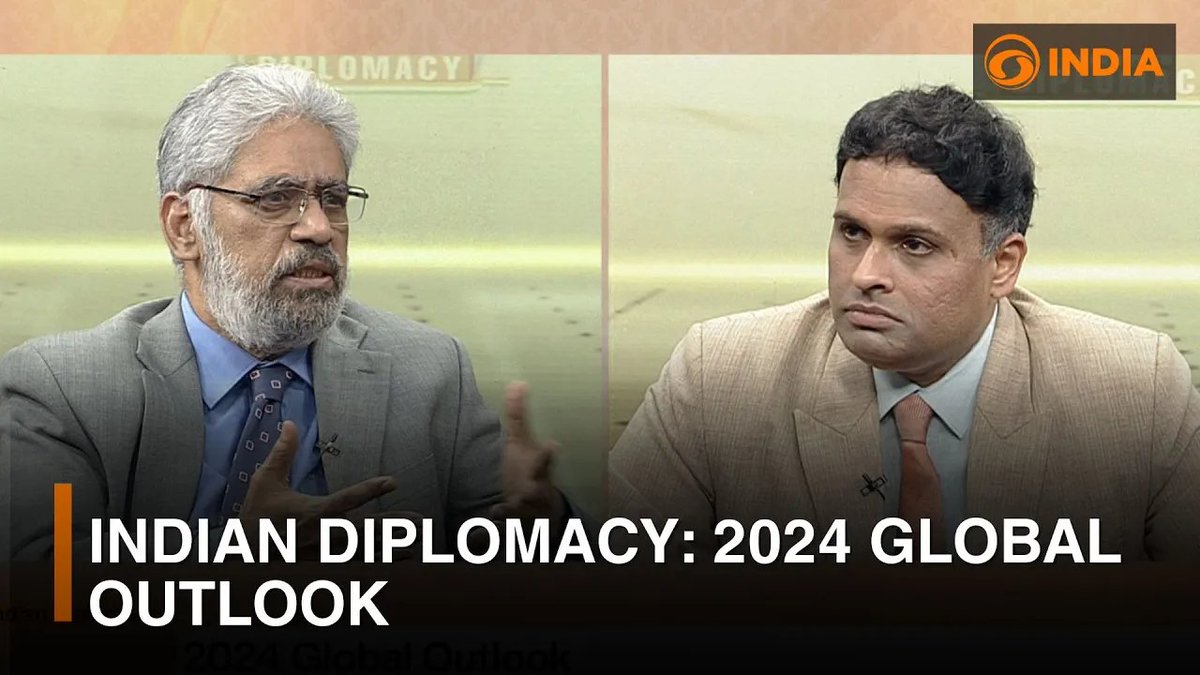Nuclear India in 2023: Reflections for the Country and the World
CENTRE FOR AIR POWER STUDIES
APLN Senior Research Adviser Manpreet Sethi reflected on 2023 and offered some nuclear observations for India and the world. The original article can be accessed on the CAPS website here.
India marked 25 years as a state with nuclear weapons in 2023. Interestingly, when New Delhi conducted the nuclear tests in 1998, it was accused of blowing a hole into the non-proliferation regime. After all, the Non-Proliferation Treaty (NPT) had just been granted a consensual, indefinite extension, and the focus was on getting nations to commit to a Comprehensive Test Ban Treaty (CTBT). India’s tests, and the fact that Pakistan too followed suit a couple of weeks later, were dubbed a highly negative development, and the entire region was described as a dangerous nuclear flashpoint. The non-proliferation supporters had convinced themselves that a disaster was waiting to happen between the two new nuclear-armed states.
Fortunately, no such thing has happened in over two decades, despite the two countries having faced several crises. Many factors have been responsible for ensuring that such escalation is contained. Meanwhile, crises with nuclear overtones have erupted in other unexpected regions, pushing South Asia down on the list of contemporary hotspots. It is indeed ironic that the region that seemed to have given sleepless nights to the international community just over two decades ago stood out in 2023 as an island of ‘relative’ nuclear stability, even as nuclear risks have been palpably felt across other theatres.
Indeed, the year 2023 was lived in the shadow of multiple kinds of nuclear risks, the likes of which had not been seen for over the last thirty years. It may be recalled that at the end of 1993, the Cold War was in remission. With the fall of the Berlin Wall in the penultimate month of 1989, US-Russia relations appeared more amicable. The Strategic Arms Reduction Treaty (START) II treaty had been signed earlier that year and, among other provisions, it banned multiple independently targetable re-entry vehicles on missiles. The United States had agreed to purchase Russian highly enriched uranium from dismantled Soviet nuclear warheads and convert it into lower-grade uranium for electricity production. This became famous as the ‘Megatons to Megawatts’ programme. Also in that year, the US and Russia completed negotiations on a de-targeting agreement whereby both agreed not to directly target each other’s nuclear weapons. Overall, there was a trend towards de-emphasising nuclear weapons in inter-state relations.
Three decades later, the scenario is completely different. Nuclear weapons are back in vogue and being showcased as centrepieces of national security. In 2023, Russia did not hesitate to draw attention to its nuclear weapons as part of its continuing military operations against Ukraine; China has not been shy of the unprecedented expansion of its nuclear arsenal and capabilities or even insinuations of nuclear muscle flexing in contingencies involving Taiwan; American national documents brazenly seek expansion as well as upgradation of national nuclear capabilities to cater for two nuclear threats, Russia and China; there are reports about increasing activity at nuclear test sites of major nuclear countries; North Korea has not been inhibited to continue activity on advancing its missiles for nuclear delivery; and, Pakistan, which saw a relative quiet period with India this year, has nevertheless, as part of its traditional compulsive behaviour to destabilise India, continued to explore new methods of nuclear brinksmanship to support its cross border terrorism. Meanwhile, there is a near-complete loss of focus on and hope for nuclear arms control.
Amidst such predominant nuclear trends, India looks almost placid on the nuclear front. There has been no visible change in the pace or nature of its nuclear build-up, revision of nuclear doctrine, strategy, or posture. In fact, the country stands out for being a beacon of nuclear stability, even as others are indulging in behaviour that encourages a cycle of hedging strategies and arms racing, thereby causing further security dilemmas.
What should India be doing?
Do the nuclear and missile capability enhancements taking place elsewhere, and especially those in India’s neighbourhood, not matter for India’s nuclear deterrence? How should India cope with these developments? The last eleven issues of NuClearly Put have examined these questions in some detail. This last column of the year pulls together some basic recommendations that are particularly worthy of consideration.
-
- Nuclear weapons are not on their way out. Nuclear deterrence is likely to remain an important tool to shape and contain conventional crises. The Russia-Ukraine conflict has only reinforced this belief. But the requirements of credible nuclear deterrence can be relatively modest. Overspending on this capability would entail compromising on other, more effective military capabilities. Such a tendency should be avoided.
- The credibility of nuclear deterrence is derived most potently from the ability to retaliate in such a manner as to make the first use of nuclear weapons extremely costly in terms of the risks of further escalation and the damage inflicted. India’s future trajectory of capability build-up must keep this as its guide to ensure that the country has the necessary wherewithal in terms of weapons, delivery systems, and command and control structures to retaliate in such a manner. This will minimise the possibility of deterrence breakdown, which is the primary purpose of India’s nuclear weapons.
- India should not get into the numbers game with nuclear weapons and refrain from feeling compelled to match the arsenals of our adversaries, weapon for weapon. In any case, India has been slowly and steadily increasing its nuclear stockpile as per a plan based on minimum deterrence requirements that are sufficient for signalling credibility. That should continue to be the guiding factor, without any need for a panicky increase in response to the actions of others.
- The first use of nuclear weapons, irrespective of how they are defined, tactical or strategic, can only bring ruin. The way nuclear escalation might happen remains uncharted territory, and there can be no promised guarantees of any kind. Therefore, deterrence by the idea of retaliation, rather than first use, is more likely to keep the use of nuclear weapons at bay.
- Massive retaliation is not incredulous. In fact, given the nature of the weapon, this is likely to be the result of the use of even modest nuclear numbers.
- Some emerging technologies, especially those that enable better intelligence, surveillance, reconnaissance, and precision targeting, would have implications for the survivability of nuclear arsenals. These will have to be carefully monitored and intelligently countered.
- Buttressing conventional deterrence capability is important to keep the nuclear threshold high.
- Improving bilateral and regional security relations must remain a constant effort. While strategic patience will be needed to resolve some of the historical and structural disputes between India-Pakistan and India-China, the creation of crisis management mechanisms must be given due attention.
There is no doubt that nuclear India has charted its own trajectory and marched to its own nuclear drummer, irrespective of the rest of the parade. This ‘India way’ has emerged from its understanding of the basic nature of nuclear weapons and the impact of their use. Consequently, it has been found prudent to practise deterrence through punishment. In contrast, most other nuclear possessors (except China) have opted to establish deterrence by denial. Such a strategy leans towards signalling a capability to fight a war with nuclear weapons and hence requires multiple kinds, and more numbers, of nuclear warheads and delivery systems, besides the adoption of risky nuclear postures.
India consciously eschewed such a nuclear strategy. A sense of restraint or moderation in capability build-up, as well as a sense of responsibility in behaviour, has, therefore, been a natural dimension of its deterrence. The collateral benefit of this has been deterrence stability.
While India has been an ardent champion of universal nuclear disarmament and continues to aspire for the goal, it realises how distant it is in the current circumstances. Till such time as this ideal can become a reality, it is imperative that the possessors of nuclear weapons hold their assets of such high destructive potential with due understanding of the risks involved. India should proactively participate in all efforts aimed at nuclear risk recognition, reduction, and mitigation. In fact, doing so would be useful for India from both deterrence and disarmament points of view. On the one hand, it would reduce the chances of India being sucked into a crisis or arms race instability, and on the other, it could help create conditions that can gradually devalue nuclear weapons to enable their elimination. Therefore, India should step up its nuclear diplomacy at the global level. Today’s nuclear order is devoid of leadership, and India’s voice carries the credibility of good behaviour and responsible practise as a nuclear-armed state now a quarter of a century old.
The Column
NuClearly Put has been an effort to ‘clearly’ discuss complex nuclear issues in the 25th year of India’s existence as a state with nuclear weapons. Since issues around nuclear weapons can often be counterintuitive – such as, how can having fewer nuclear weapons than your adversary still ensure credible deterrence; how can leaving the onus of nuclear first use on the adversary be stabilising; or, why missile defence can be destabilising and retaining a state of mutual vulnerability be good for nuclear deterrence – each monthly column tried to explore and explain a subject and its nuances. All of these are available on the CAPS website.
I cannot conclude the last issue for the year without acknowledging those who helped me refine and sustain this effort over the last 12 months. I first shared the seed of this idea with my husband, Amulpreet, who then helped me hone it, select each topic, and patiently read through each piece to offer critical comments. Air Marshal Anil Chopra (Retd), Director General, Centre for Air Power Studies, was ever encouraging from the time I presented the proposal to him. Aditya Hazarika, until recently the copy editor at CAPS, painstakingly went through each piece, often under tight time constraints. I am grateful for the hours he must have spent over weekends polishing the pieces, including his offer to continue editing the column despite having moved on to another assignment in October. Lastly, Rohit Kumar and Gautam Kumar at CAPS for their help in formatting and uploading the pieces, always meeting the deadline despite my handing over the articles to them at the last minute. Meanwhile, the encouraging and even critical responses from the readers kept me going, and I remain grateful to all.
Wish each one of you a happy new year. I pray that nuclear clarity and sanity will be our guides in 2024 and beyond. I hope to continue this column in the next year with a primary focus on issues related to nuclear energy. The endeavour shall remain to clearly put in perspective another important dimension of nuclear issues that are so relevant to India and the world.




